Panama
I planned to travel from Panama to Colombia in 2014. Both countries have many interesting areas to explore. In particular, the trek to The Lost City in Colombia was the main journey I had set my heart on. Despite that, I couldn’t find the impetus to prepare for the trip, and a month before I was due to leave I still didn’t have a flight. A chance meeting with a friend led to a major change of plan, and that year I ended up travelling for the first time to Japan. It was one of the best decisions I’ve ever made.
Back to Colombia and Panama! I was still curious and eager to visit both countries. Finally in 2017, the timing felt right; I already knew where I wanted to explore, but most importantly, I was excited to go. What a great trip it turned out to be!

Geography
Panama is a long and narrow country that forms the southern most tip of North America. It is a small country with great diversity of flora and fauna.
Islands
There are many beautiful islands to enjoy on both its Pacific and Caribbean coasts. The San Blas Islands of the Kuna Yala people are especially hospitable and stunning.
The Rainforest
There are many areas of rainforest; some more accessible than others; some more inviting than others. Close to Panama City, Boquete, and Boca del Toro are many opportunities to enjoy the magic of the rainforest. The Darien Gap is an area of dense jungle separating Panama from Colombia – North America from South America. It is possible to stay on the edges in relative safety – but, you would be wise to plan very carefully before going too far into the Darien Gap. It is an area of intense heat; there are a wide variety of poisonous snakes and spiders, but probably the largest threat comes from Homo sapiens.
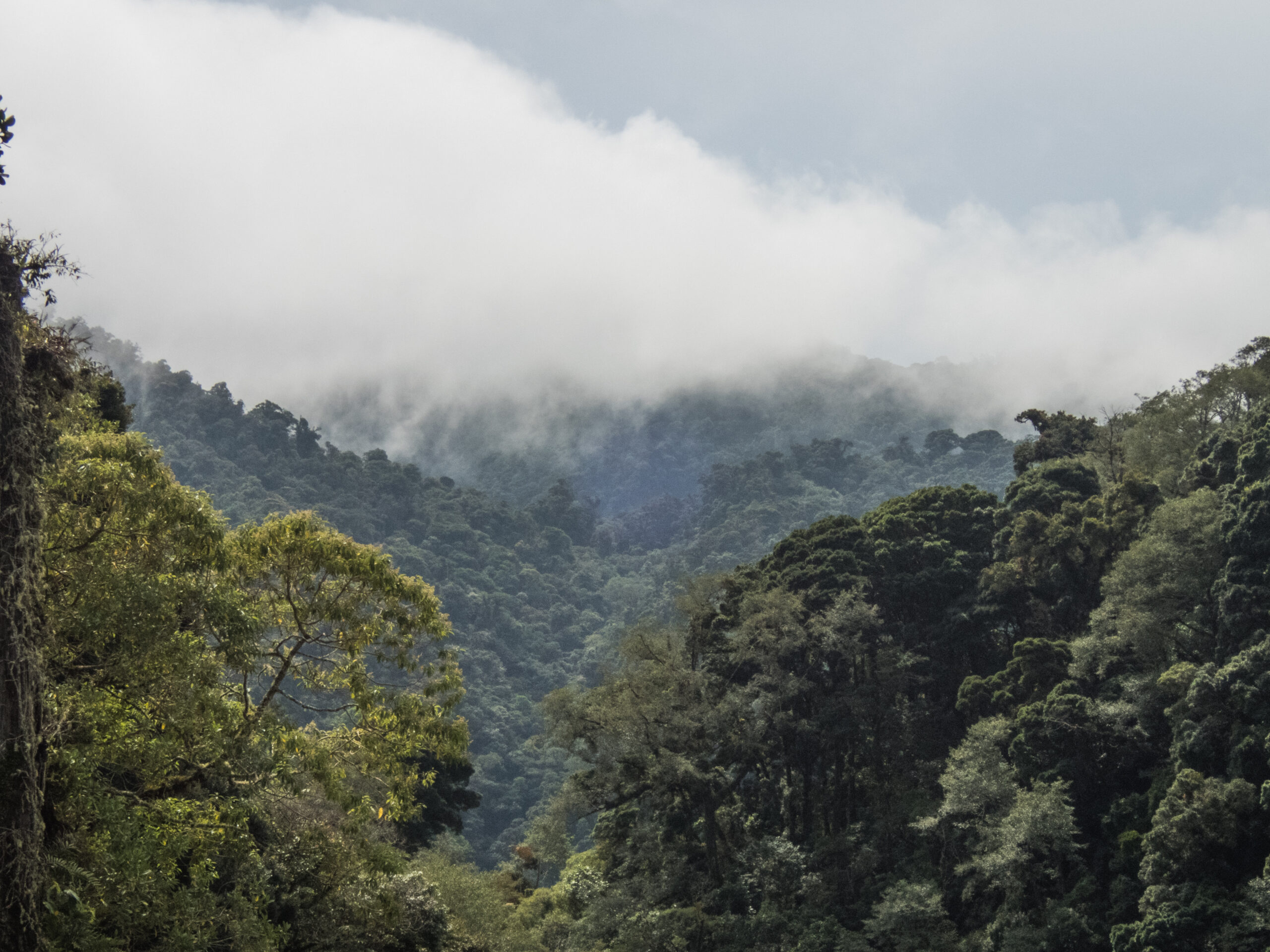
Miraflores – The Panama Canal
The Miraflores Visitor’s Centre gives a good explanation for the development of The Panama Canal. Watching the boats and ship pass through the locks at Miraflores makes for a very different and worth while day out.
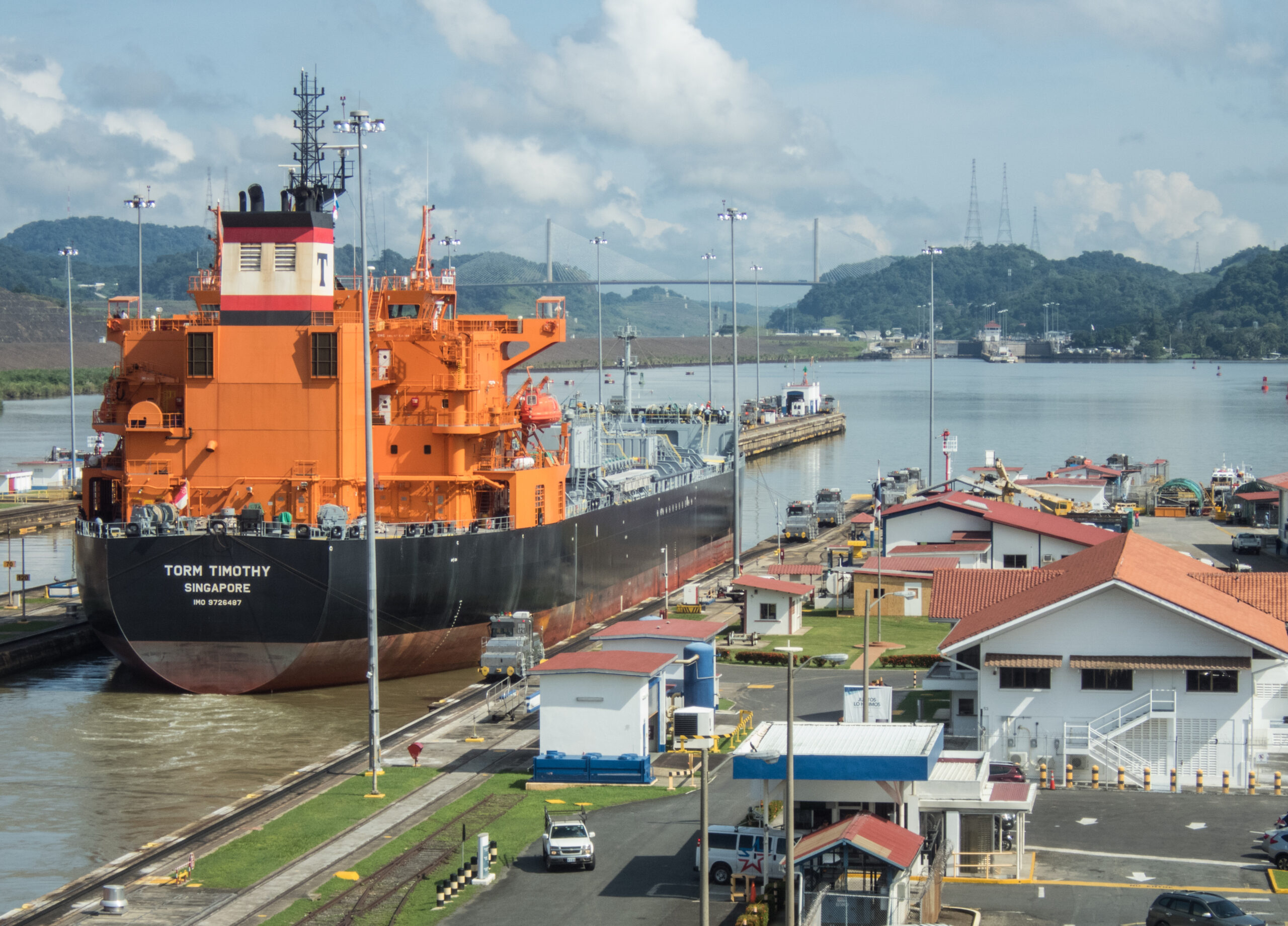
Panama City
Panama City is an eclectic mix of sharp modern architecture, markets, old ruins, and sympathetically restored colonial buildings. I enjoyed exploring and staying in both the Casco Viejo and the shiny new city. The latter usually has some very good deals for smart hotels if you’re ready for a bit of pampering.
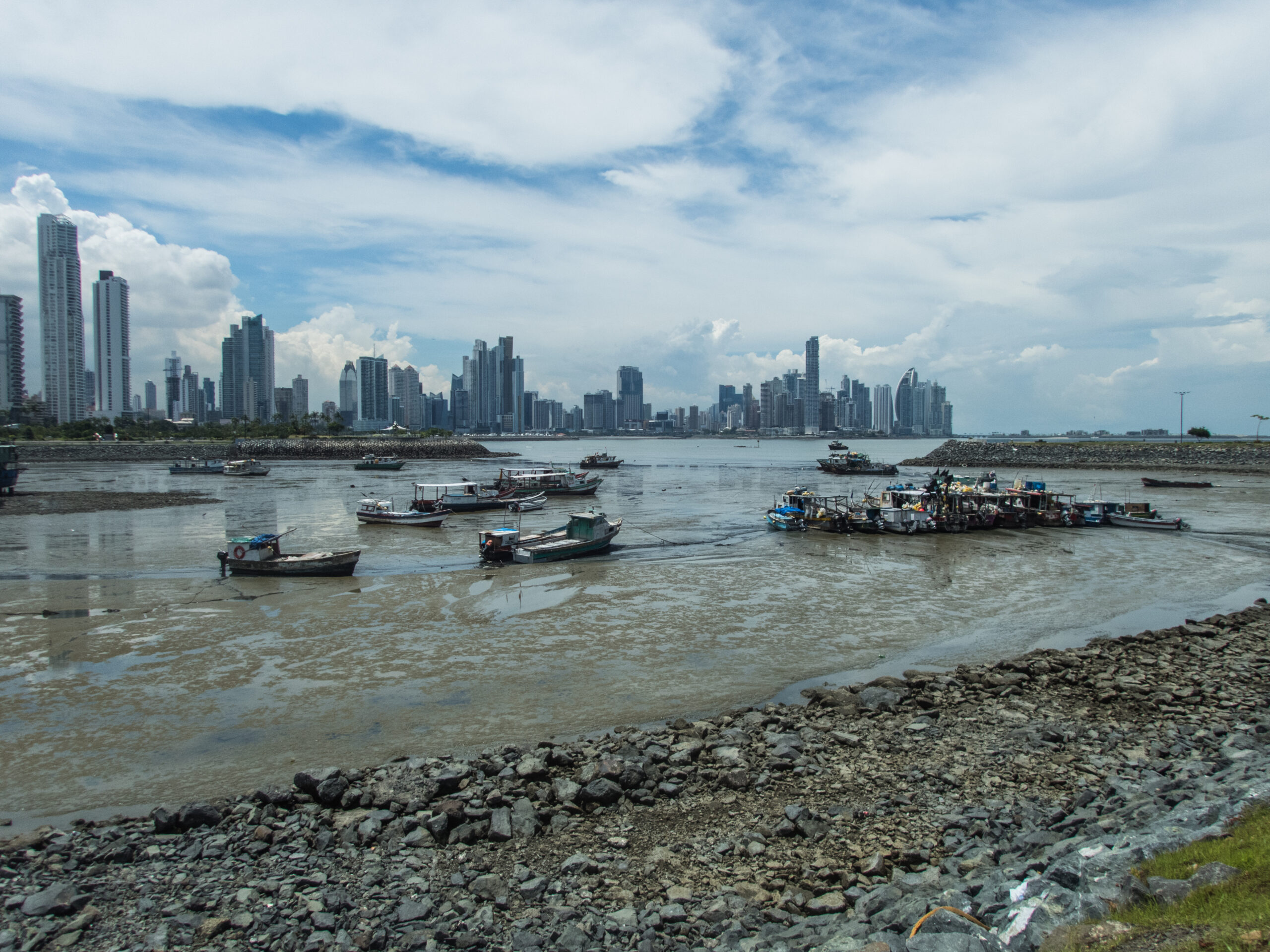
The Hinterland
The hinterland areas, such as Boquete, offer a quiet town and rural life. Perhaps that, and easy flight connections, has been the draw for the sizeable American expat population.

History
The first settlers in Panama are believed to have arrived more than 10000 years ago, but little has been found of their archaeological remains. Pre-Colombian crafts and human remains have been found at ancient burial sites such as El Caño and Sitio Conte.
Colonialism
The Spanish established a colony in Panama in the early 16th century which became central to their commercial interests in The Americas. In the 17th century, the Scottish attempted to create a colony in The Darien Peninsula (close to the border with modern-day Colombia). Their attempts failed and virtually left Scotland bankrupt.
English “pirates” were responsible for regular raids on Spanish ports in Panama during the 17th and 18th century. Both Panama Town and Portobelo were attacked and destroyed.
In 1821, Panama broke from colonial Spain to become a part of The Republic of Colombia. A power shift led to Panama becoming a state within Colombia.
Towards the end of the 19th century, a French company attempted to build the Panama Canal, but tremendous loss of life and bankruptcy ended the campaign. In 1903, the US supported the Panamanian fight for independence and held back attempts from Colombia to quell the insurgents. Shortly afterwards, the US signed a treaty allowing them to control a strip of land crossing from the Caribbean to the Pacific. The Americans picked up from where the French company had failed, and in 1914 the canal was officially opened. Over the coming years the US continued to intervene in Panamanian politics.
Modern History
The end of the 20th century was a time of great change in Panama. During the 1980s the country experienced the heavy handed dictatorship of Noriega who was forced to flee Panama when the USA invaded. Finally, in 1999 full control of the canal was handed over to Panama.
In recent years, Panama has become known on the international circuit as a fiscal paradise. It has even become the place of choice for “off-shore investment” for some European royal families. Since the end of Noriega’s dictatorship, democracy and economic growth has enabled the transformation of the capital city into the modern and skyscraper-filled metropolis it is today.

Panama City
The Casco Viejo

The Casco Viejo makes a safe, comfortable, and interesting starting point. Some areas close by such as Chorillo, Curundu, and Ancón, should be approached with caution. Thanks to a developing tourist industry, much of the Casco Viejo has been restored to its former glory. There are many pleasant hotels, shops and restaurants in the area.

It is a comfortable stroll to the lively seafood market, and not much further to the modern facilities of the shiny new city. I felt safe moving around, but took the usual precautions: not wearing flashy jewellery or watches, only using registered taxis, and avoiding known trouble spots.

Panama City

The city is only a short taxi ride from the Casco Viejo. It has a good selection of reasonably priced and comfortable accommodation. There’s plenty of entertainment, restaurants, shopping centres and bars to choose from.
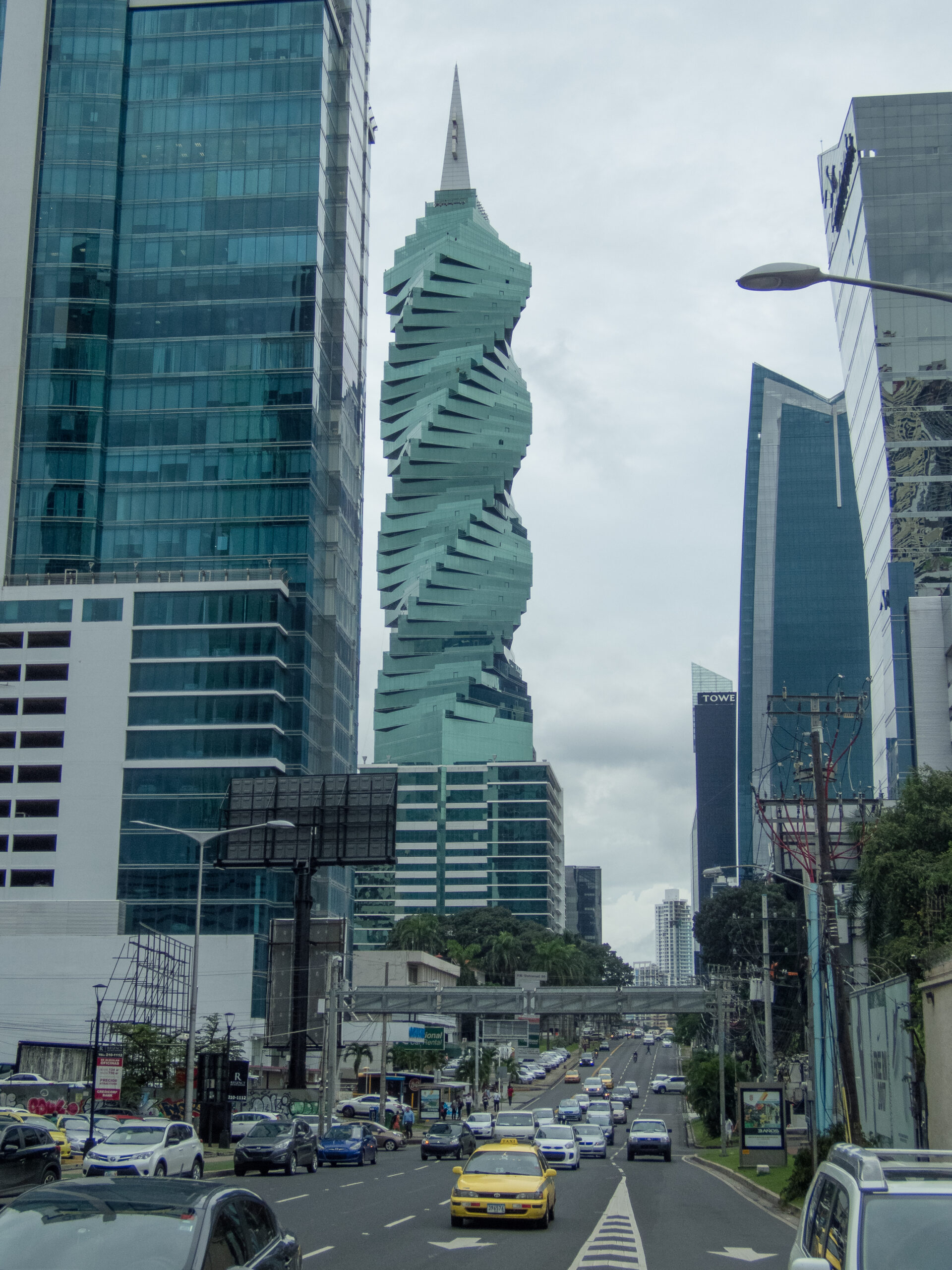
Old Panama
Not to be confused with the Casco Viejo (old quarters), Old Panama (Panamá Viejo) is the other side of the bay. It is a museum area made up of the ruins of the original city settlement, established in 1519.





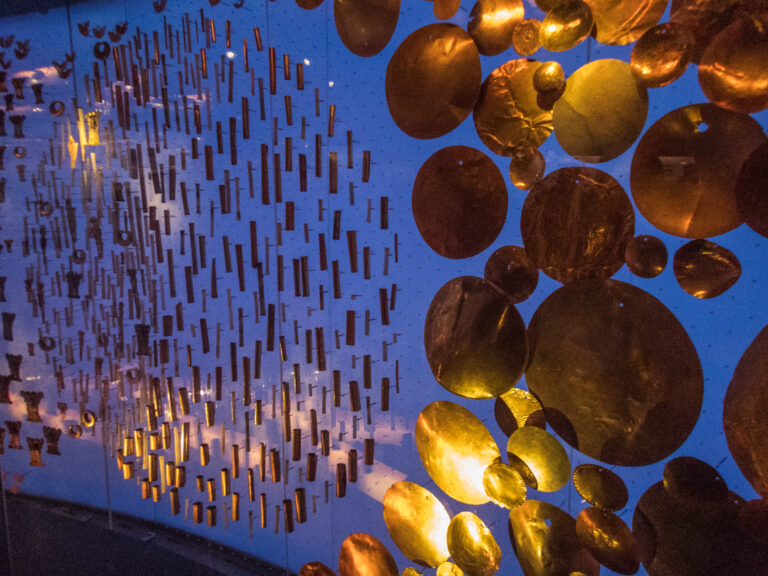

Thanks for sharing